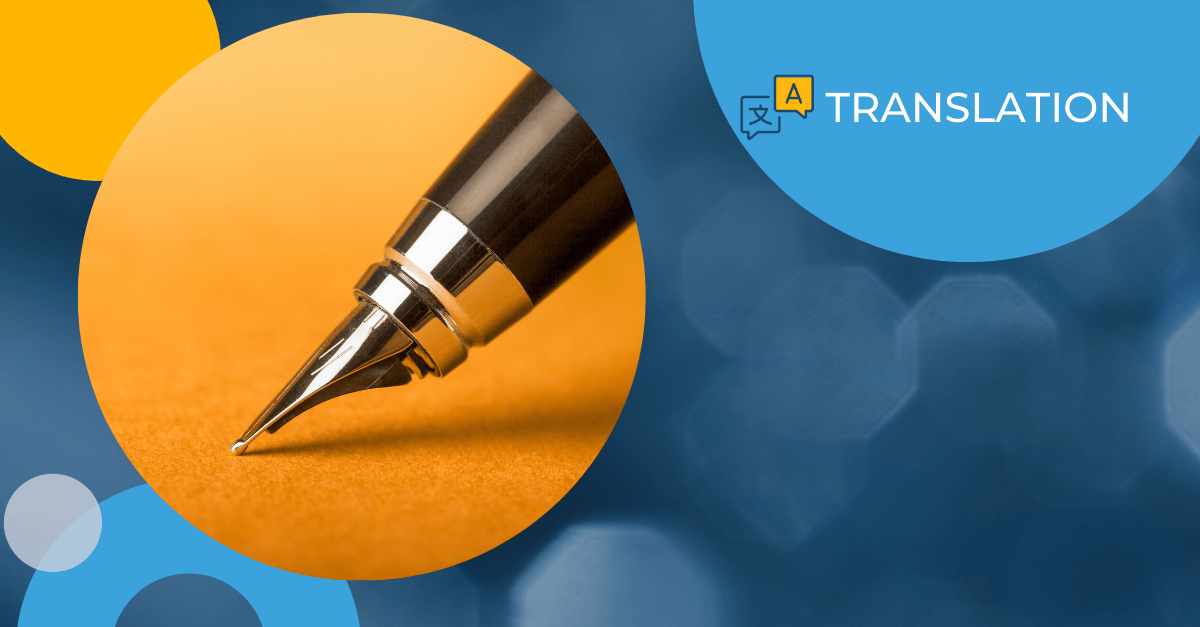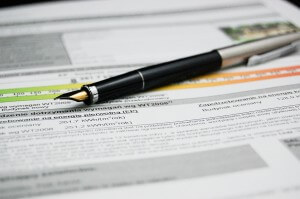Tag: certified translation
Litigation Translation

In our increasingly international business environment, cross-border litigation is becoming far more common, and that means the need for litigation translation is greater than ever before. The recent sparring between Samsung and Apple is a reminder that high-stakes matters often involve companies based in different countries, speaking different languages. Litigation translation services including document translation, document sifting/review, and interpretation can assist clients during discovery and may prove essential in winning your case.
During the discovery phase of an international lawsuit, hundreds, if not thousands, of foreign-language documents are gathered that may be relevant to your case. The cost for translating every document may prove prohibitive. One litigation translation service that might prove helpful is document sifting, where an expert translator sifts through these documents on-site or online, filtering and prioritizing the documents based on the criteria you provide. The translators can also quickly summarize key documents. Document sifting can help you save both time and money by ensuring that only those documents that you really need are translated.
It’s important to keep in mind that if documents translated for litigation will need to be submitted in court, it is necessary to obtain a certified translation, and to check to see if the court has any special requirements regarding the certification. In the U.S., a standard certification will usually suffice. But for courts overseas, a notarized or apostille certification may be required.
Get the latest insights delivered to your inbox
Certified Translation vs. ISO Certified Translation

There is a lot of confusion about what certified translation means, a subject we addressed in a previous post. But a reader recently asked about the difference between a certified translation and ISO certified translation, so we wanted to take the opportunity to clarify the issue.
A certified translation is a translation–usually of an official document–accompanied by a signed statement by the translator or translation company attesting to the fact that the translation is a true and accurate rendition of the source document. This means the translation company affirms that the certified translation is a literal word-for-word translation and that nothing has been added, deleted or altered. At Morningside, we take this signed statement or “certificate of accuracy” very seriously. Every so often, clients ask us to make changes to a certified translation, like inserting words or rearranging the text in such a way that the original meaning is altered, which is entirely verboten. We know that certified translations are often submitted as evidence to a court of law or regulatory agency like the FDA, and we certainly don’t want to jeopardize our reputation or our client’s — or ask our translators to commit perjury — to please a client. Most of our clients appreciate this and know that integrity and honesty should be the foundation of any business relationship.
The ISO-certified translation is entirely different. Morningside–along with several other translation companies–is ISO 9001:2015 certified. That means our quality management system conforms to international standards audited by an outside agency to ensure compliance. Our translation processes are ISO-certified, and this is the case whether we are preparing a certified translation, a medical translation, or a patent translation. When we prepare a certified translation, the critical difference is the signed certificate that accompanies the translation and our vigilance in ensuring that the translation is 100% accurate and in no way departs from the original text. Of course, when we prepare a non-certified translation of a brochure, website, or similar materials, a literal translation is unnecessary and counter-productive.
Get the latest insights delivered to your inbox
What is a Certified Translation?

Since there is a great deal of confusion about what a certified translation is, we wanted to take a moment to clear up some common misconceptions. In the U.S., a certified translation consists of the translation itself accompanied by a signed statement by the translator or translation company affirming that the translated text is an accurate and complete rendering of the original document. Sometimes the signed statement is called a “Certificate of Accuracy.” This certification does not prove that the translation is accurate, nor does it mean that the translator who prepared it is “certified.” In the U.S., there is no federal or state certification of translators. (There is however, federal and state court certification for interpreters.) Translators can be certified by the American Translators Association or a similar association, but this certification is not official, and a translator does not have to be certified to prepare a certified translation. Morningside requires that all translators who provide certified translations are accredited by one or more translation associations, but this is far from universal among translation companies.
Certified translations are usually required if you are submitting foreign-language documents to a court of law or regulatory agency like the FDA. Official documents like birth certificates and college transcripts also require certification. If you need to submit a certified translation, check first to see exactly what kind of certification you need. It may need to be notarized, and the translator’s qualifications and/or resume may need to be attached.
You can find more information on certified translations here.

